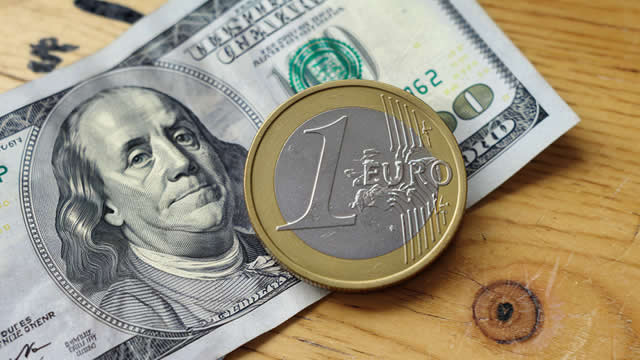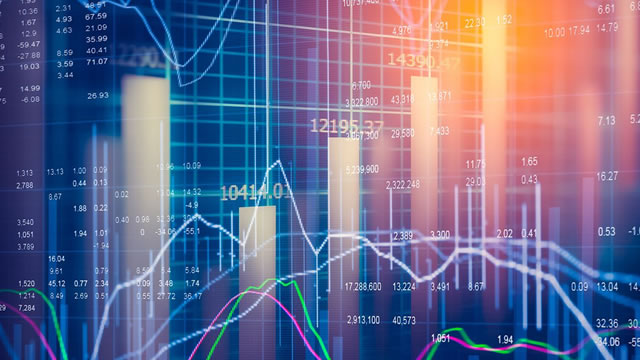Currency Market Analysis: EUR Trends and Expectations
The European single currency, EUR, has been experiencing some fluctuations in recent weeks. According to UOB Group’s FX analysts Quek Ser Leang and Peter Chia, a slight increase in downward momentum is likely to lead to a lower range of 1.0770/1.0820 instead of a sustained decline. This prediction comes as part of a larger analysis, suggesting that the current price movements are part of a range trading phase.
Understanding Range Trading
Range trading is a common pattern observed in financial markets, where the price of an asset repeatedly tests support and resistance levels without breaking through. In the context of the EUR, this means that the currency is expected to trade within a specific range for an extended period. The current forecast suggests that the EUR will trade in a range of 1.0730 to 1.0845.
Impact on Individual Investors
For individual investors, the EUR’s range trading phase may present both opportunities and challenges. On the one hand, range trading can provide a stable environment for building positions, as the price movements are generally predictable. However, it can also lead to limited profit potential, as the price may not make significant moves in either direction. To maximize returns, investors may consider using technical analysis to identify entry and exit points within the range.
- Identify support and resistance levels
- Use indicators like moving averages and RSI
- Consider using stop-loss orders to limit potential losses
Global Implications
The EUR’s range trading phase also has broader implications for the global economy. As the Euro is the second most widely traded currency, its value can significantly impact international trade and financial markets. For instance, a weaker EUR can make European exports more competitive, potentially boosting economic growth. Conversely, it can increase the cost of imports, leading to inflationary pressures. Additionally, the EUR’s movements can influence other currency pairs, such as EUR/USD and EUR/GBP, which can in turn impact global trade flows and geopolitical dynamics.
Conclusion
In conclusion, the current trends in the EUR suggest that the currency is likely to trade within a range of 1.0730 to 1.0845 for the foreseeable future. This range trading phase presents both opportunities and challenges for individual investors, who can use technical analysis to identify entry and exit points. At the same time, the EUR’s movements have broader implications for the global economy, potentially impacting international trade, financial markets, and geopolitical dynamics.





